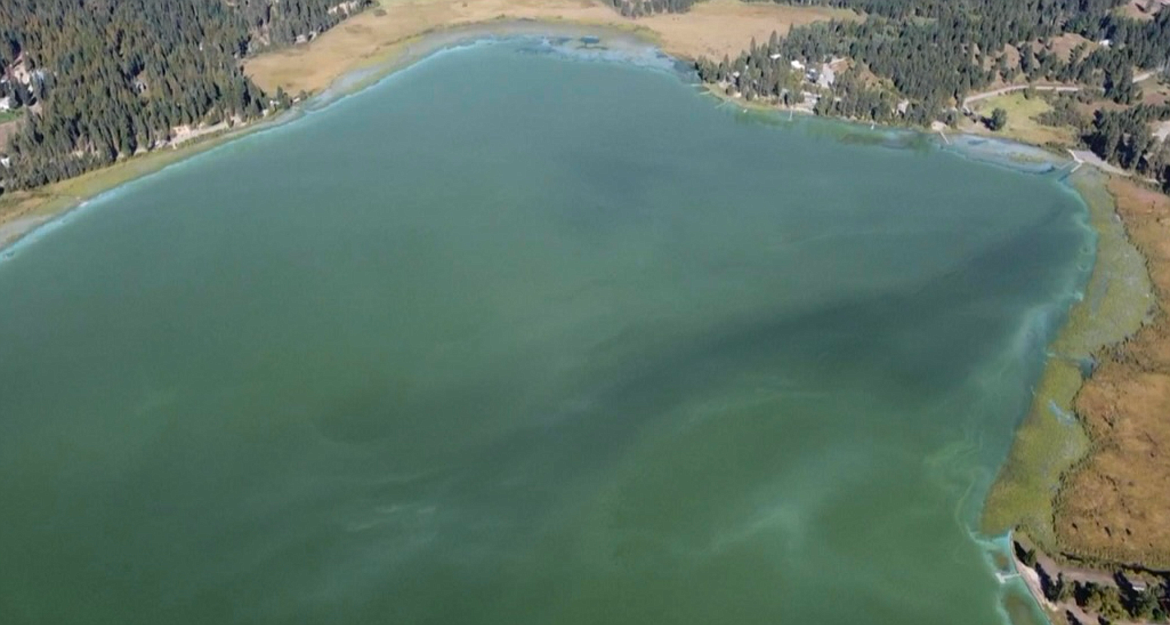PHD: Harmful algae in Rose Lake
Panhandle Health District (PHD) in collaboration with the Idaho Department of Health & Welfare (IDHW) and Idaho Department of Environmental Quality (DEQ) have issued a public health advisory for Rose Lake. Recent water sampling by DEQ indicates the presence of cyanobacteria, also known as a harmful algae bloom (HAB) or blue green algae in Rose Lake. The public is urged to use caution when recreating in or near the water, especially where ingestion is a risk.
Idaho’s active HAB advisories are listed here: www.gethealthy.dhw.idaho.gov/recreational-water-health-advisories.
Cyanobacteria are a natural part of Idaho’s water bodies. When temperatures rise, their populations can bloom and toxic chemical compounds, or cyanotoxins, can be released into the water. Caution should be taken anywhere where the water appears discolored or murky as HABs can spread or move with wind and water currents. HABs have the potential to produce dangerous toxins especially when accumulated in high concentrations. The physical appearance of these blooms can be unsightly, often presenting as discolored water, streaks or globs of scum and causing thick green mats along lake shorelines. Pets, children, the elderly, and people with compromised immune systems are most at-risk of harmful exposure.
Anyone recreating in Rose Lake is advised to take precautions to avoid exposure to lake water appearing to contain a HAB. Private domestic water system owners utilizing the lake as a drinking water source are cautioned that potentially present toxins cannot be removed by boiling or filtering the water. If contact (swimming, bathing, or showering) has been made with water containing a HAB, it is recommended to wash off with fresh water.
If people choose to eat fish from the lake, it is recommended that they remove all fat, skin and organs before cooking, since toxins are more likely to collect in those tissues.
Symptoms of exposure to algal toxins vary according to the level of exposure. Symptoms include rashes, hives, diarrhea, vomiting, coughing, and/or wheezing. More severe symptoms affecting the liver and nervous system may result from the ingestion of water. If symptoms persist, consult with your health care provider.
For more information about harmful algal blooms, visit DEQ’s website at
www.deq.idaho.gov/water-quality/surface-water/cyanobacteria-harmful-algal-blooms/, or IDHW’s website at www.gethealthy.dhw.idaho.gov/recreational-water-health-advisories.
Panhandle Health District provides over 40 different public health programs to families, individuals and organizations in northern Idaho. From food and drinking water safety to health education and disease control, public health services are critical to ensure our community is a safe and healthy place to live, work, and play.
The PHD team is made up of nurses, nutritionists, environmental health specialists, health educators and many other dedicated professionals with a common goal to deliver vital public health services. Panhandle Health District is one of seven health districts in the state of Idaho.

